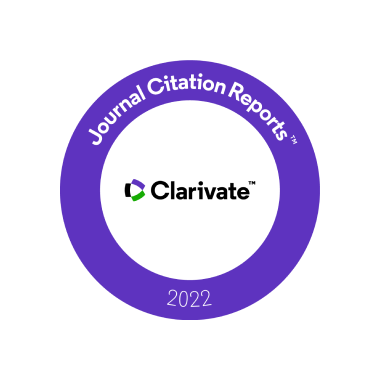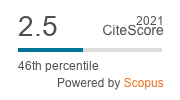The Phase and Shift-Invariant Feature by Adaptive Independent Subspace Analysis for Cortical Complex Cells
DOI:
https://doi.org/10.5755/j01.itc.48.1.21706Keywords:
Independent component, phase and shift-invariant features, sparsity, gabor-like filtersAbstract
It has previously been suggested that complex cells in primary visual cortex (V1) selectly respond to bars and edges at a particular location and orientation emerged from the natural image rather than random stimuli. In this paper, we proposed an adaptive independent subspace analysis (AISA) algorithm based on the maximum likelihood of super-gaussian distribution of the norm of the partially independent components involving difference to efficiently study the characteristics of complex cells. The multiple parameters are updated with different restrictions by contrast divergence (CD) method based on the super-Gaussian (sparse) distribution. In terms of the AISA results, the inside and outside subspace of energy correlation illustrate the properties of independence. Furthermore, AISA features, similar to the characteristics of complex cells in V1, have phase and shift-invariant, as well as frequency and orientation selectivity via the energy function of receptive fields (RFs) from tuning curve test with sinusoidal function. Compared with the principal component analysis (PCA) filters and other ICA filters, AISA filters are analogous to Gabor filters for edge detection and human visual system via varying the frequency and orientation representation.Downloads
Published
2019-03-25
Issue
Section
Articles
License
Copyright terms are indicated in the Republic of Lithuania Law on Copyright and Related Rights, Articles 4-37.





